The history of armed resistance has been controversial for Tibet’s nonviolent narrative.
On April 27, 1998, Thubten Ngodup set himself on fire to protest the Indian government’s forceful ending of a Tibetan hunger strike in New Delhi. Two days later, he died from his burns. Ngodup was 60 years old, a former monk at Tashilhunpo monastery in Tibet, and a former soldier in the Tibetan forces of the Indian army. Since 1988, he had worked as a cowherder and cook at a monastery in Dharamsala, living quietly in a small hut, and participating whenever possible in Tibetan independence protests and marches.
During the 1998 Unto Death Hunger Strike in Delhi, Ngodup volunteered as an assistant, tending to the needs of the six hunger strikers. On the morning of the 49th day of the hunger strike, as Indian police forcibly dragged away the hunger strikers (in line with Indian laws prohibiting suicide) and beat volunteers who protested police actions, Ngodup doused himself with a flammable liquid — shouting pro-Tibet, pro-Dalai Lama slogans — and lit a match. His immolation drew the attention of the world’s media, martyrdom status within the Tibetan community, and the “deeply saddened” criticism of the Dalai Lama, who had earlier spoken against the proclaimed nonviolent hunger strike as a form of violence against one’s self.
International Support
Ngodup was one of thousands of Tibetan veterans who served their country, either in the Indian army or the Tibetan citizens’ army, Chushi Gangdrug. Begun as a series of independent uprisings against increasingly oppressive Chinese reforms in the 1950s, the Chushi Gangdrug army was formally established on June 16, 1958. Resistance troops fought against the Chinese first from within Tibet, and later from a military base in Mustang, a small Tibetan kingdom in Nepal. In 1974, they laid down their arms at the Dalai Lama’s request. For much of this time, the CIA covertly trained and financially supported the resistance army. From 1958-64, Tibetan soldiers flew to the United States in unmarked planes for covert training in guerrilla warfare techniques, including paramilitary operations, bomb-building, map-making, photography, radio operation techniques and intelligence collecting.
From their base in Mustang, the Tibetan army continued weaponry and warfare training, and would rotate guerrilla battalions in and out of Tibet for both military and intelligence operations. Resistance life was plagued by the uncertainties of external support, by internal squabbles and by changing relations with the local Mustang population. The king of Mustang silently supported the resistance army, as did the king of Nepal, albeit with the strong encouragement of the US government. King Birendra himself visited Mustang for discussions with resistance leaders, and Nepali intelligence officers were stationed in Mustang throughout the duration. Just as the Nepali government was aware of the Tibetan presence in Mustang, so too was the Indian government cognizant of Tibetan resistance activities throughout South Asia. The difference was that India was not just aware of these activities, but was often a direct participant in them.
Tibetan guerrilla units entered Tibet on foot from India for intelligence gathering missions. The CIA flew planes into Tibet from which Colorado-trained Tibetans would parachute in on missions. However, unlike in Nepal, Tibetan units in India were incorporated into local militia, not independent of them. Tibetans were trained by the Central Intelligence Bureau (CIB), and after training would either stay with the CIB or go on to a leadership post in a new Tibetan force in the Indian military. The all-Tibetan Special Frontier Force (SFF), popularly known as Establishment 22, was formed during the Sino-Indian War in 1962. Also created at this time under the auspices of the Ministry of Home Affairs was the Indo-Tibetan Border Police Force (ITBF), which included Tibetans in its ranks. Both forces were stationed in border areas.
Stories of this guerrilla war were secret for many years. Involving multiple governments, and the covert moving of men, money and munitions across international borders, it is perhaps no surprise that information about the resistance was suppressed for several decades.
As understood by the Tibetans in the 1960s, Establishment 22/SFF was the India-based branch of the Chushi Gangdrug army. Based in Dehra Dun, this force was initially trained by both American and Indian officers, but was led by four Tibetan officers — Ratuk Ngawang, Gyatso Dhondup, Jampa Kalden and Jampa Wangdu. When the Americans pulled out of Establishment 22/SFF following political changes in their relationship with India in the 1970s, the KGB moved in, and both trainers and equipment changed from American to Russian. In 1971, the Tibetan force was used in India’s war with East Pakistan (now Bangladesh). Fifty-six Tibetan Establishment 22/SFF soldiers were killed in battle, and 580 Tibetan soldiers were privately decorated with medals for bravery by the Indian government.
Stories of Guerilla War
While the Chushi Gangdrug armies in Nepal, India and Tibet were ultimately no match for the Chinese, they did register some victories, including a major intelligence haul in 1961 and, most importantly for the veterans, the safe escorting of the Dalai Lama to India during his undercover escape from Lhasa in 1959.
Stories of this guerrilla war were secret for many years. Involving multiple governments, and the covert moving of men, money and munitions across international borders, it is perhaps no surprise that information about the resistance was suppressed for several decades. Yet one might expect the story of the popular armed struggle for Tibet to be a part of contemporary Tibetan history. However, while veterans widely consider the resistance to be a key part of recent Tibetan history, and their own military service as the defining experience in their lives, histories of the resistance army and their efforts to defend Tibet and Buddhism are not widely known in the Tibetan refugee community. Why is the history of the resistance sidelined in official histories of Tibet? Why has the history of the Chushi Gangdrug history been arrested?
Historical arrest is the apprehension and detaining of particular pasts, with an anticipated eventual release. As such, arrested histories are not so much erased or forgotten, as they are postponed and archived for use in an unspecified time in the future when it will be OK, safe or important to tell them. Chushi Gangdrug history was — and still mostly remains — arrested within the Tibetan refugee community for several reasons: The war effort was not successful in regaining Tibet. The CIA was involved. In seeing their military initiative as political participation in the nation, as well as religious service defending the Dalai Lama and Buddhism, the mostly eastern Tibetan or Khampa resistance force challenged the Central Tibetan status quo in unwelcome ways. And finally, the military resistance troubled practices of nonviolence.
Chushi Gangdrug soldiers saw their army service as both ethically difficult (in that it potentially involved killing) and as ethically important (in that they were defending their religion, religious institutions and religious leaders). Monks disrobed to join the army and, in reverse, some soldiers later became monks to more effectively atone for their wartime transgressions.
The discourse of nonviolence, which circulated among the soldiers in the 1950s and 1960s, was not exactly the same as that which circulates today. Soldiers understood they were taking on violence on behalf of others, specifically the Dalai Lama. Their strategy was a joint violent/nonviolent one, in which the armed struggle was paired with a political, diplomatic effort. Soldiers discussed among themselves how to effectively fight to defend religion, including constantly seeking religious protection and guidance. They dedicated themselves to the Dalai Lama, had specific deities to whom they prayed, and called on the assistance of numerous lamas and rinpoches for special blessings, protective relics and predictions. Religion permeated the army at the same time that fighting violated a fundamental principle of Buddhism — not to create suffering for any sentient being. The allowance of violence in the case of war, as explained to this author by many soldiers, was due to the threat to Buddhism from a communist, anti-religion opponent.
Nonviolence is not an intrinsic Tibetan trait. It is instead a philosophical component of Buddhism and a political component of state struggle; one the Dalai Lama himself notes is the only “practical” recourse to dealing with the infinitely more populous People’s Republic of China.
In his 1962 autobiography, My Land and My People, the Dalai Lama directly addressed his personal and political dilemmas regarding violence and the resistance. He explains that he spoke frankly with some of the Khampa leaders during his escape from Tibet:
“In spite of my beliefs, I very much admired their courage and their determination to carry on the grim battle they had started for our freedom, culture, and religion. I thanked them for their strength and bravery, and also, more personally, for the protection they had given me. … By then, I could not in honesty advise them to avoid violence. In order to fight, they had sacrificed their homes and all the comforts and benefits of a peaceful life. Now they could see no alternative but to go on fighting, and I had none to offer. I only asked them not to use violence except in defending their position in the mountains.”
As soldiers then and as veterans now, Chushi Gangdrug members consistently confirm his request: Their actions were in defense of Tibet in the face of Chinese aggression.
Implications of Non-Violence
Tibetan writer and veteran Jamyang Norbu argues that the promotion of the Tibetan struggle as wholly nonviolent “ignores the sacrifice and courage of the many thousands of Tibetan freedom fighters, monks and lamas included, who took up arms for the freedom of their country.” What then are the implications of a nonviolent state policy? Norbu contends that “truth has, unfortunately, become the first of casualties.”
Nonviolence is not an intrinsic Tibetan trait. It is instead a philosophical component of Buddhism and a political component of state struggle; one the Dalai Lama himself notes is the only “practical” recourse to dealing with the infinitely more populous People’s Republic of China.
Tibet has not historically been a nonviolent society. Tibetan history is full of wars and battles, of local-level skirmishes and major disputes with neighboring countries. The Tibetan government had an official army, and monasteries kept arms and engaged in armed disputes. A policy of nonviolence in the present makes it difficult to narrate violence in the past. But narrating past violence does not — and should not — cancel out a contemporary policy of nonviolence. Current Tibetan nonviolence by individuals, as well as by groups such as Tibet Action Institute and Students for a Free Tibet, provides a legitimate and inspiring alternative to violent conflict around the world. Yet it is important to understand the historical contours of this political strategy, in order to acknowledge the realities and complexities of the Tibetan experience, and thus best speak to peoples engaged in similar political struggles.
Since laying down arms in 1974, Tibetans in exile have waged a solely nonviolent political campaign in accordance with the Dalai Lama’s wishes. In 1987, the Dalai Lama articulated nonviolence as the sole Tibetan political strategy in his Five Point Peace Plan presented to the US Congress. Grassroots Tibetan nonviolence consists of a series of protests, media publications and coverage, global community building, hunger strikes and self-immolation. These latter two efforts — hunger strikes and immolations — do not fit the Dalai Lama’s platform of nonviolence in that unlike Gandhi, who advocated fasts as a means of political nonviolence, the Dalai Lama considers them to be violence against one’s own body.
Thus, while past histories of the Tibetan resistance army clearly conflict with current commitments to nonviolence as led by the Dalai Lama, so too do contemporary actions such as hunger strikes and immolations.
Reconciling Tibetan beliefs about the need to defend country and religion with the Dalai Lama’s version of nonviolence is not a simple task. The tension between violence and nonviolence is one that Tibetans thus navigate with care, sometimes by opting for a different understanding of nonviolence. It is not a coincidence that Thubten Ngodup was not just a former monk, but a former soldier. What veterans like Ngodup are encouraged to forget, a history of war, is directly correlated to what the world is encouraged to remember — a nonviolent Tibet.
Ngodup’s self-immolation in 1998 was the first in the Tibetan community. For 11 years it was the only one. Then, on February 27, 2009, a young monk named Tapey self-immolated at Kirti Monastery in Tibet on the anniversary of an attack on the local community by Chinese security forces. At present, 138 Tibetans have self-immolated. The majority of self-immolations have been inside Tibet. Tibetans consider these deaths to be sacrifices rather than suicides. Sacrifices in the sense of a religious offering, a political protest and a call to the Tibetan community for unity. Sacrifices in the sense of continuing to defend religion and country.
Tibetans meet the Dalai Lama’s decision that the Tibetan struggle is to be nonviolent with a range of responses — pride, acceptance, frustration, creativity and more. When you are not the Dalai Lama — that is, not an incarnation of a bodhisattva (or even a “simple monk” as he prefers) — living nonviolence is not always easy. And yet Tibetans remain committed to nonviolence, committed to a sense of truth and justice and committed to the goal of returning Tibet to Tibetan rule.
The views expressed in this article are the author’s own and do not necessarily reflect Fair Observer’s editorial policy.
Support Fair Observer
We rely on your support for our independence, diversity and quality.
For more than 10 years, Fair Observer has been free, fair and independent. No billionaire owns us, no advertisers control us. We are a reader-supported nonprofit. Unlike many other publications, we keep our content free for readers regardless of where they live or whether they can afford to pay. We have no paywalls and no ads.
In the post-truth era of fake news, echo chambers and filter bubbles, we publish a plurality of perspectives from around the world. Anyone can publish with us, but everyone goes through a rigorous editorial process. So, you get fact-checked, well-reasoned content instead of noise.
We publish 2,500+ voices from 90+ countries. We also conduct education and training programs
on subjects ranging from digital media and journalism to writing and critical thinking. This
doesn’t come cheap. Servers, editors, trainers and web developers cost
money.
Please consider supporting us on a regular basis as a recurring donor or a
sustaining member.
Will you support FO’s journalism?
We rely on your support for our independence, diversity and quality.


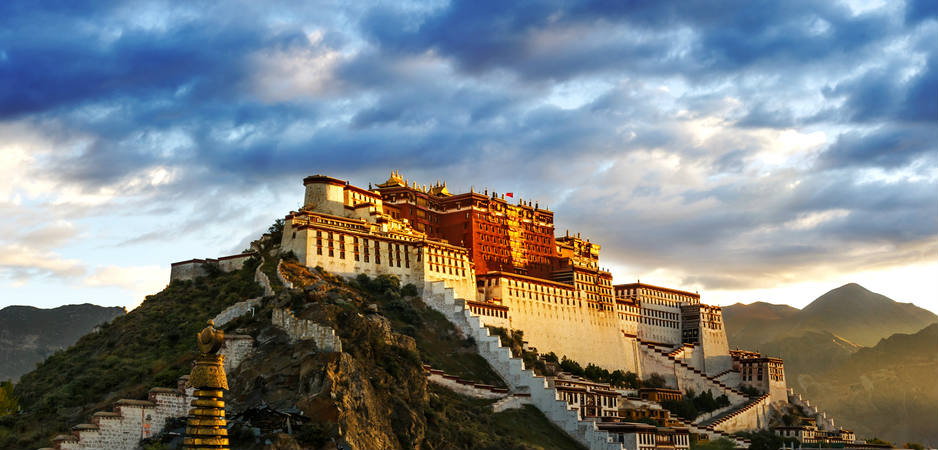






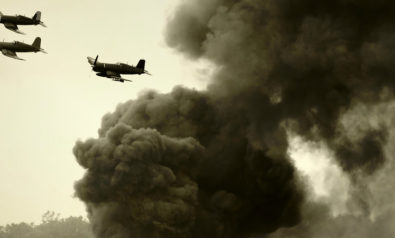
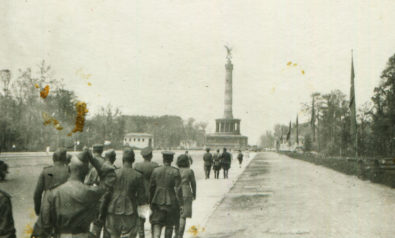




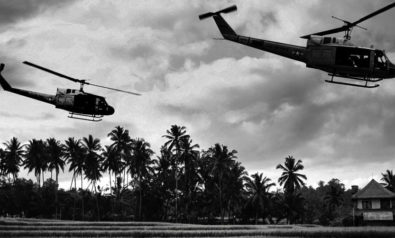



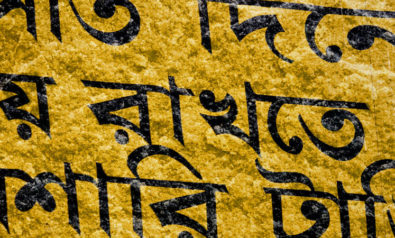

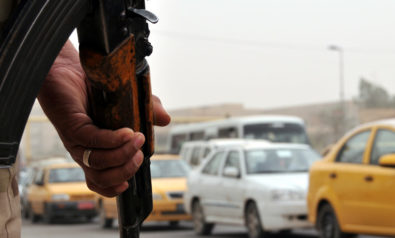
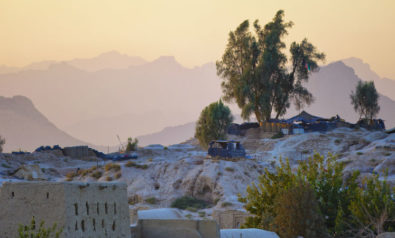
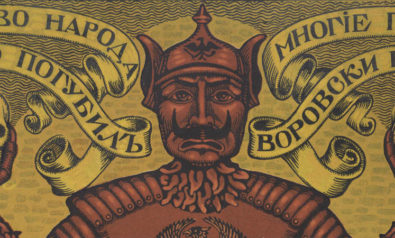
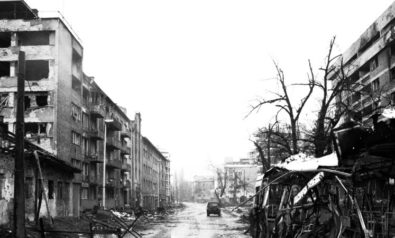

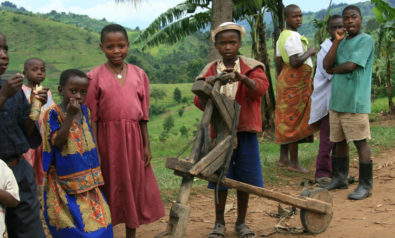

Comment
Interesting article. Here is a compilation of many more articles on the same subject showing that the Dalai Lama is unfortunately not as compassionate and non-violent as he is made out to be: